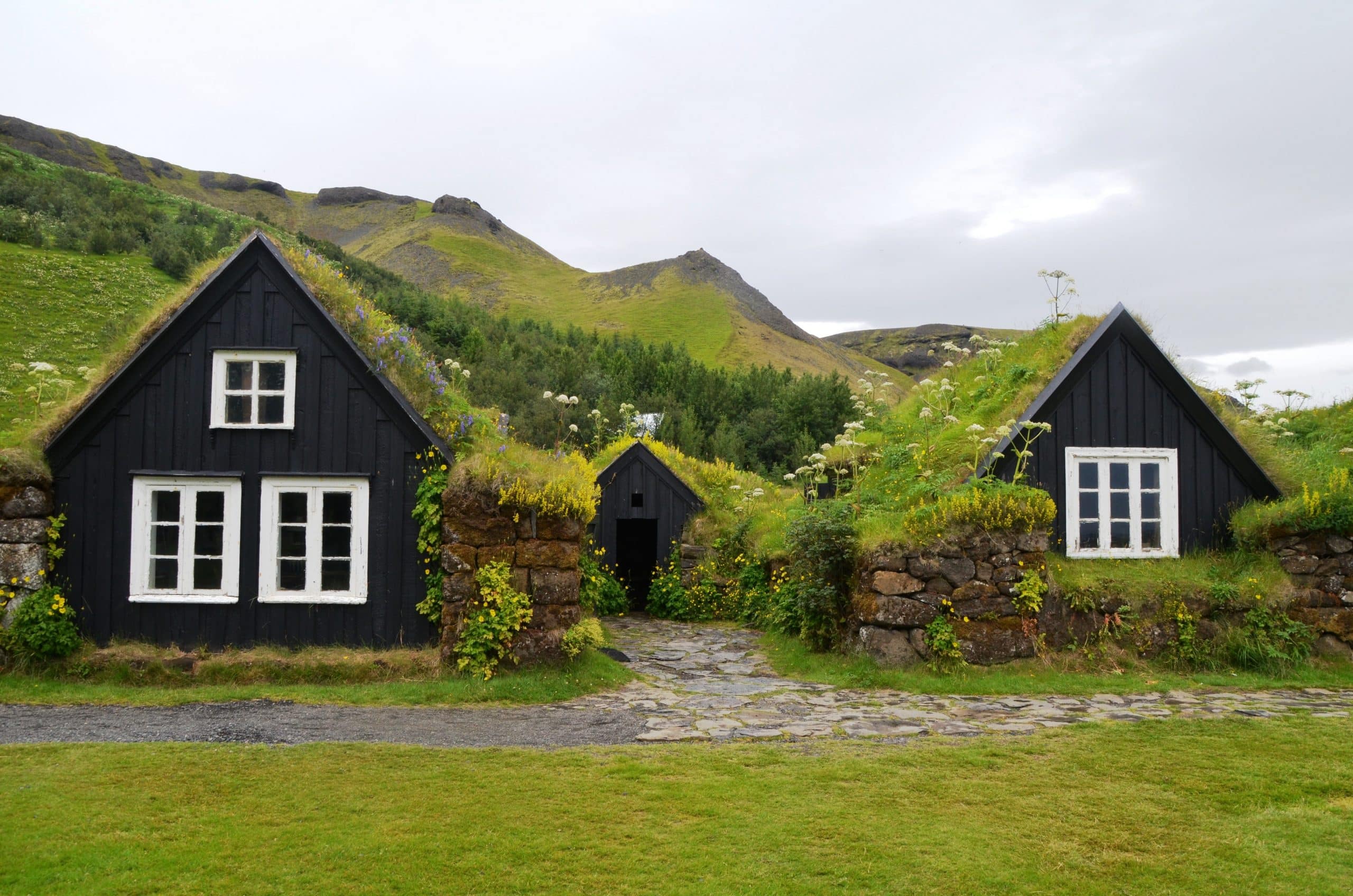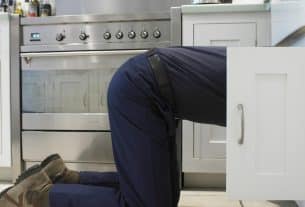Green Roofing refers to the style of roofing by converting the traditional roofing into one filled with vegetation.
In early history, this was achieved by planting grass covers (sod) on top of layers of birch wood. Modern green roofs are set up by planting local vegetation on top of a waterproofing layer, and affixed to the roof of a building. In modern green roofing, there will be multiple layers designed to provide irrigation and drainage, thus making it easier for the vegetation to grow.
Green roofs can be categorized into two different types –
Intensive Green Roofs
This type of green roof, as the name suggests, require intensive care and maintenance. The structures are somewhat large, such as gardens or parks, set up on top of the roof. These roofs require constant care just like any other garden or park, and is accessed by people for recreation.
Intensive green roofs are usually flat roofs, as they require more layers or material to provide proper irrigation for the plants to grow. This also helps in adding a wide variety of plants.
It is important to note that the building and it’s roof must be structurally prepared to handle the weight of the green roof. Of course there is the cost of maintenance, but it’s well worth it if planned properly.
Extensive Green Roofs
For most homeowners, this is the simplest of Green roof solutions. This is very close to the historical grass cover roofs, and is not covered with a lot of plans. In fact, it’s generally seeded with sedums and grasses, and the only footfall that most of these roofs would see is for maintenance.
Maintenance is generally just a couple of times a year, and is generally left to its own other than weeding and giving fertilizer. Taking care of extensive green roofs is comparatively easy. This type of roofing is used to keep your building environmentally friendly and also to reduce the utility bills and protect the roof.
Benefits of Green Roofing
There are a number of benefits for Green roofing. We’ve already seen the cost advantage in terms of reduced utility bills. In addition, there are a number of advantages to the environment, such as reducing storm water run off, filtering pollutants and lowering the impact of heat during summer. During winter, the green roofing provides the benefit of insulation, thereby trapping enough heat within the structure and reducing your heating bills further.
Most governments have understood the importance of green roofing nowadays and provide incentives for such projects, thereby helping further financially.
Cons
There are a few cons, but not very severe. First, there is the cost of installation and materials. You could use recycled roof materials to reduce the cost further. The maintenance is also a bit higher, and there is also the worry of not getting adequate rainfall for the vegetation. But using local vegetation and with proper drainage design, the roof can survive lengths of drought, and can even survive the winter months.




